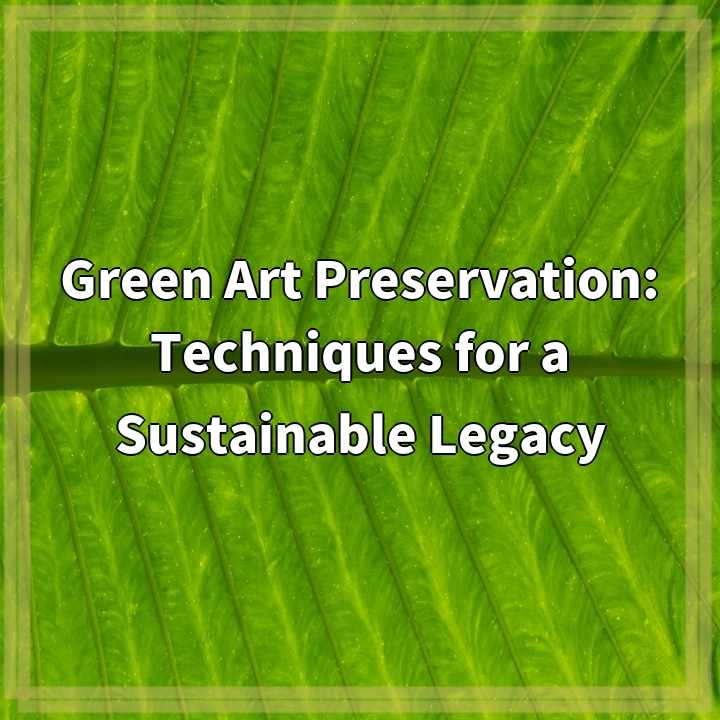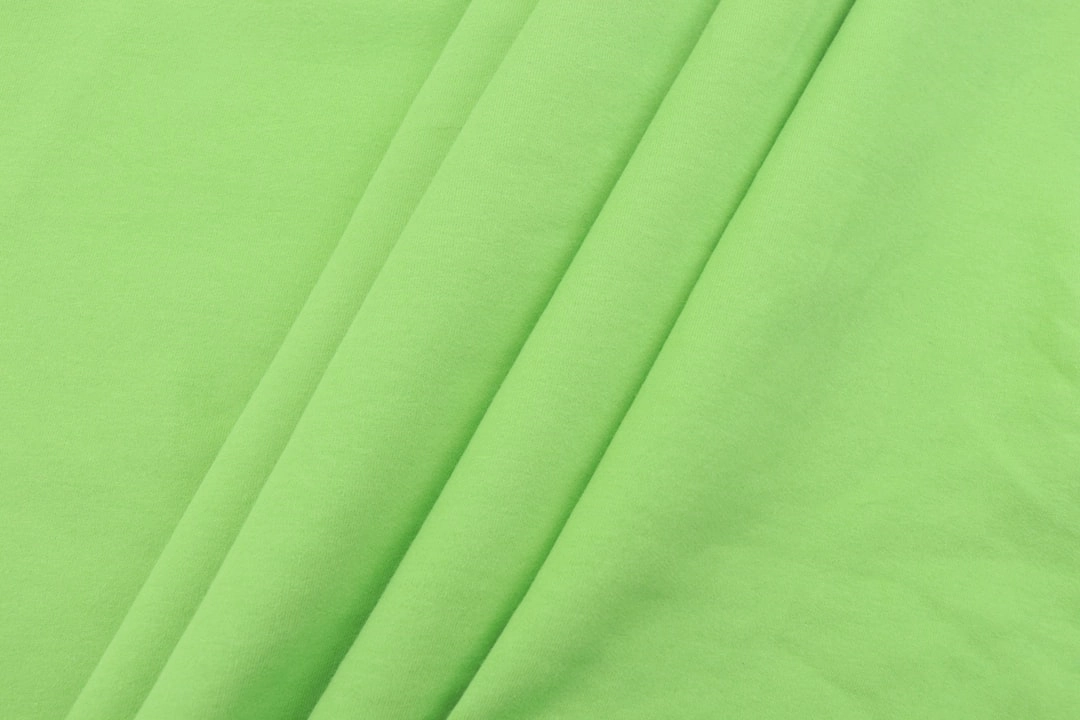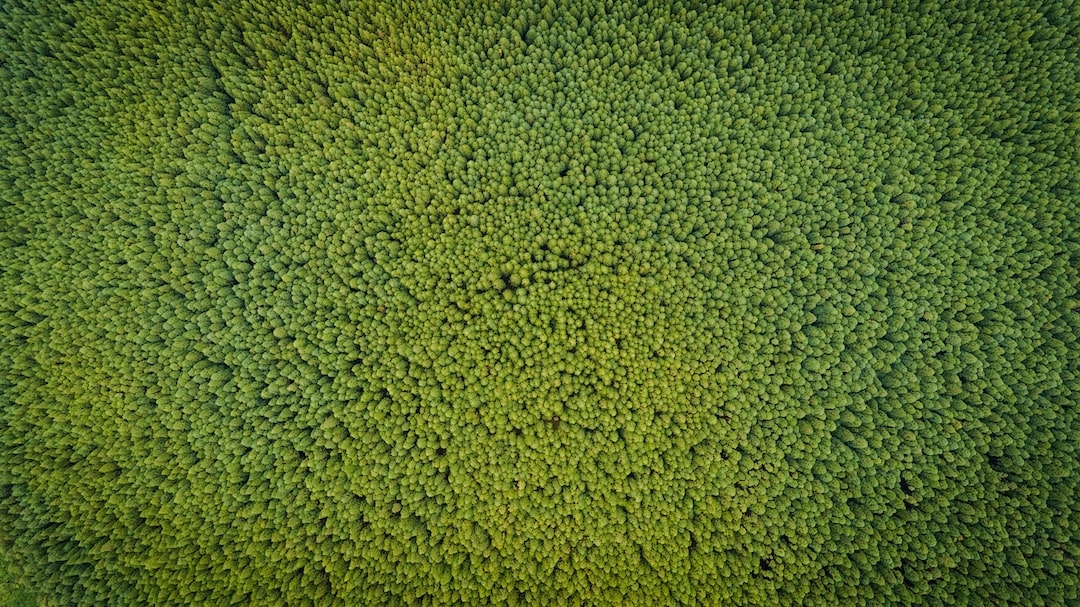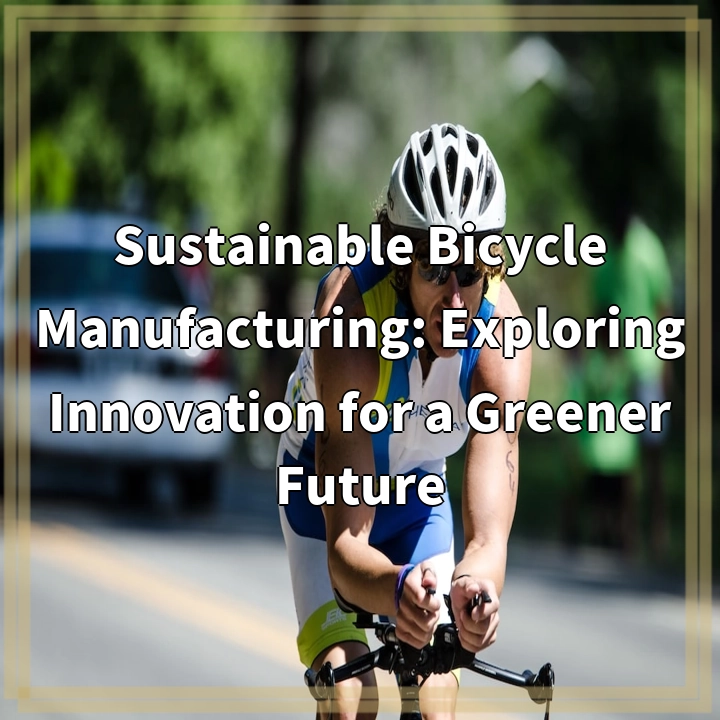
What is Green Art Preservation?
Green Art Preservation refers to the application of environmentally-conscious practices and techniques in the preservation and conservation of artworks and cultural artifacts. This approach aims to minimize the negative impact on the environment throughout the preservation process while ensuring the long-term sustainability of artistic legacies.
Real-World Problems
As with any industry, the field of art preservation faces numerous challenges when it comes to adopting environmentally-friendly practices. Some of the key real-world problems associated with green art preservation include:
Chemical Exposure
Traditional methods of conserving artworks often involve the use of various chemicals, such as pesticides, solvents, and adhesives. These substances can be harmful not only to the environment but also to the health of conservators and visitors to galleries or museums. Minimizing chemical exposure is a crucial concern in green art preservation.
Energy Consumption
The preservation process typically requires a significant amount of energy for climate control, lighting, and other technological requirements. High energy consumption contributes to carbon emissions and environmental degradation. Implementing energy-efficient technologies and practices is essential in reducing the carbon footprint of art preservation activities.
Waste Generation
Art preservation often generates waste materials, such as packing materials, protective coatings, and excess conservation materials. If not handled properly, these waste products can have a negative impact on the environment. Adopting strategies that minimize waste generation and promote recycling or repurposing is crucial in green art preservation.
Transportation Impact
The transportation of artworks for preservation or exhibition purposes can have significant environmental consequences. Long-distance travel by air or road can contribute to greenhouse gas emissions and increase the carbon footprint. Exploring alternative transportation methods or reducing unnecessary movement of artworks can help mitigate these impacts.

Solutions for Green Art Preservation
Addressing the real-world problems associated with green art preservation requires the adoption of sustainable and environmentally-friendly solutions. Some of the key solutions include:
Alternative Conservation Materials
Exploring and utilizing alternative conservation materials that are non-toxic and eco-friendly can significantly reduce chemical exposure in art preservation. This includes the use of organic solvents, natural adhesives, and environmentally-safe cleaning agents.
Energy-Efficient Technologies
Implementing energy-efficient technologies and practices can help minimize the energy consumption in art preservation. This includes utilizing LED lighting, efficient climate control systems, and renewable energy sources such as solar panels.
Waste Reduction and Recycling
Adopting strategies to minimize waste generation and promote recycling or repurposing is essential in green art preservation. This can involve using sustainable packing materials, implementing recycling programs, and properly managing and disposing of conservation waste.
Local Collaboration and Digital Preservation
Encouraging local collaboration and partnerships can reduce the need for transportation of artworks over long distances. Additionally, digital preservation methods, such as high-resolution imaging and virtual exhibitions, can help reduce the physical movement of artworks while still ensuring accessibility and preservation.















